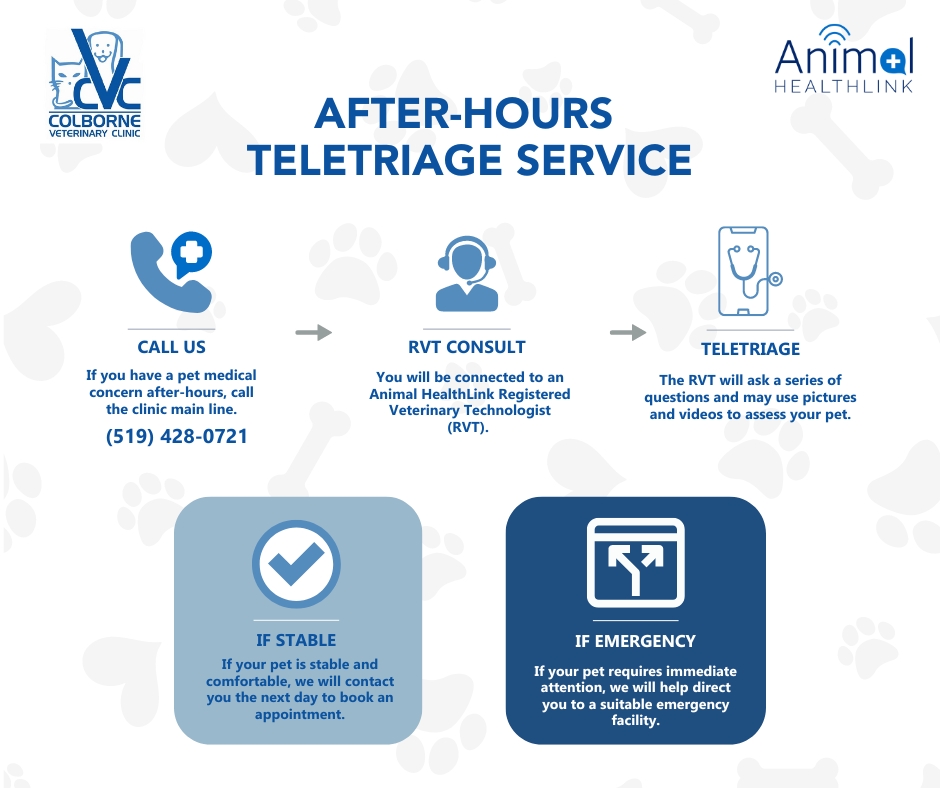Library
-
Skin and gut issues are problematic and can be caused by many things, including food allergies. The best way to identify food allergies is through an elimination-challenge diet trial, in which you eliminate potentially allergenic foods and treats for the length of the diet trial, then methodically add foods back into the diet to determine response. If a food allergy is identified, avoiding the food usually results in a good outcome, although some cats develop new allergies in later years.
-
Skin and gut issues are problematic and can be caused by many things, including food allergies. The best way to identify food allergies is through an elimination-challenge diet trial, in which you eliminate potentially allergenic foods and treats for the length of the diet trial, then methodically add foods back into the diet to determine response. If a food allergy is identified, avoiding the food usually results in a good outcome, although some dogs develop new allergies in later years.
-
Inappropriate elimination generally refers to urination and/or defecation in places other than the litter box. The behavior is sometimes referred to as ‘house soiling’. Inappropriate elimination may be due to a medical condition, a behavioral disorder, or both. Treatment is very specific to the underlying cause.
-
Vaccinations are important to prevent serious illness in cats. Even cats that spend all their time indoors should be vaccinated. Some viruses can be carried into your home on inanimate objects such as shoes and clothing, therefore infecting your cat without her coming into contact with another animal. Your veterinarian is your most important resource in determining what vaccinations you need to give your cat to keep her protected.
-
Vaccinations are important to prevent serious illness in dogs. Even dogs that spend all their time indoors should be vaccinated. Some viruses can be carried into your home on inanimate objects such as shoes and clothing, therefore infecting your dog without him coming into contact with another animal. Your veterinarian is your most important resource in determining what vaccinations you need to give your dog to keep him protected.
-
Whipworm Infections in Dogs
Los gusanos látigo son parásitos intestinales de una longitud aproximada de 6 mm (1/4 inch). Viven en el ciego y el colon (intestino grueso) de los perros donde provocan irritación en el revestimiento de estos órganos. Los gusanos látigo provocan diarrea acuosa y sanguinolenta, pérdida de peso y debilidad generalizada. Son uno de los gusanos más patogénicos en perros.
-
Tapeworm Infection in Cats
Los gusanos planos son parásitos intestinales de los perros y los gatos. Forman parte del grupo de los cestodos. Pertenecen a una familia diferente de la de los gusanos gancho y gusanos redondos, que son otros gusanos intestinales comunes en perros y gatos. Hay diferentes tipos de gusanos redondos infectivos en gatos. El más común de todos con diferencia es el Dipylidium caninum.
-
Tapeworm Infection in Dogs
¿Qué son los gusanos planos? Los gusanos planos son gusanos intestinales que están compuestos por pequeños segmentos, cada uno aproximadamente 3-5 mm (1/4 – ½ ) de largo. A diferencia de los gusanos redondos que viven libremente en el tracto gastrointestinal, los gusanos planos se adhieren a la pared del intestino delgado usando sus partes bucales.
-
Roundworm Infection in Cats
Los gusanos redondos son uno de los parásitos intestinales más comunes en gatos. En gatitos, pueden llegar a provocar enfermedad grave, incluso la muerte. Cómo su nombre indica, son unos gusanos redondos y alargados, con una longitud media de 8–15 cm (3–6).
-
Parvovirus in Dogs
La infección por parvovirus canino es una enfermedad relativamente moderna que apareció por primera vez en 1978. Debido a la gravedad del proceso y su rápida propagación en la población canina, la parvovirosis constituye un problema de interés público.


